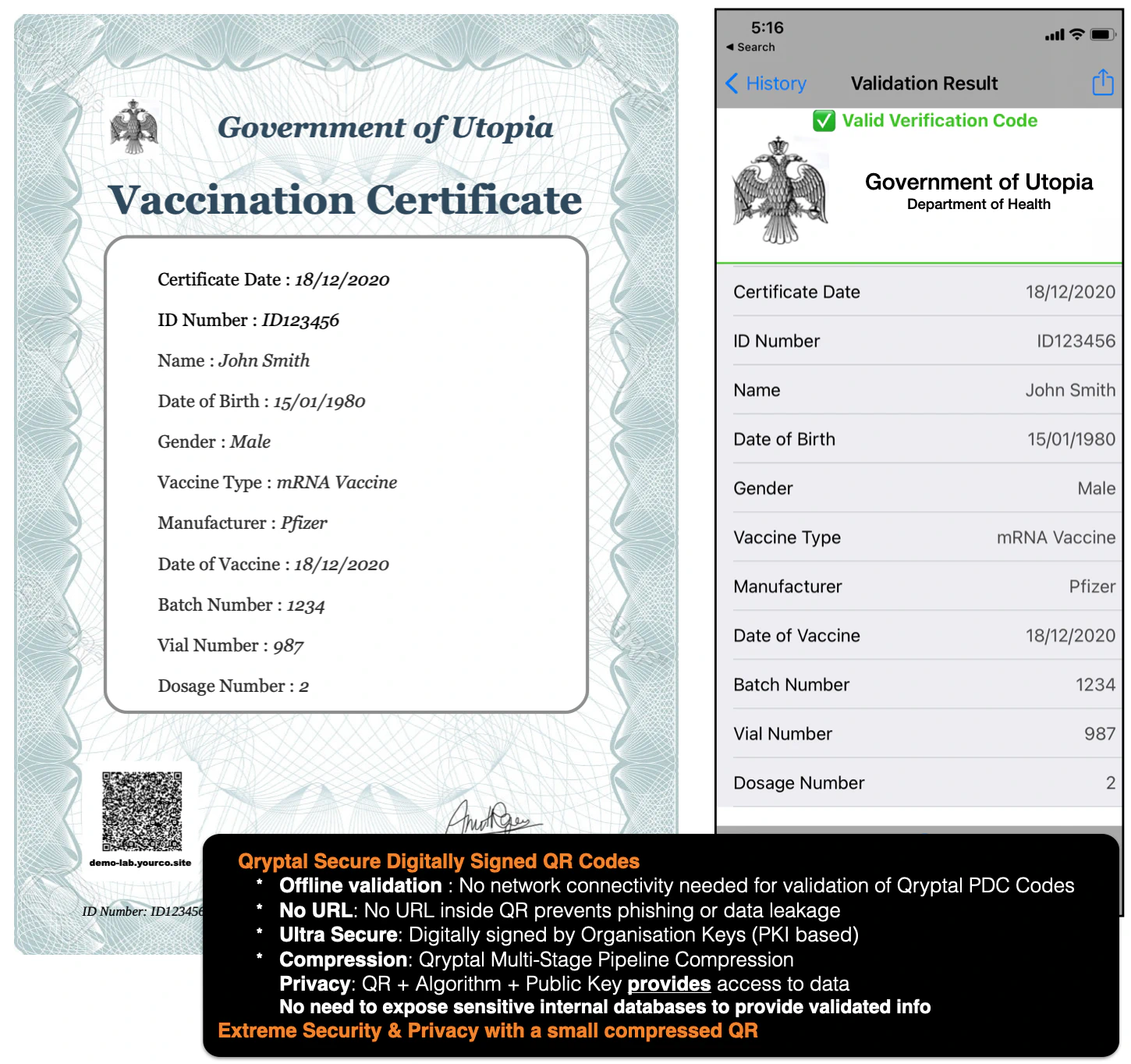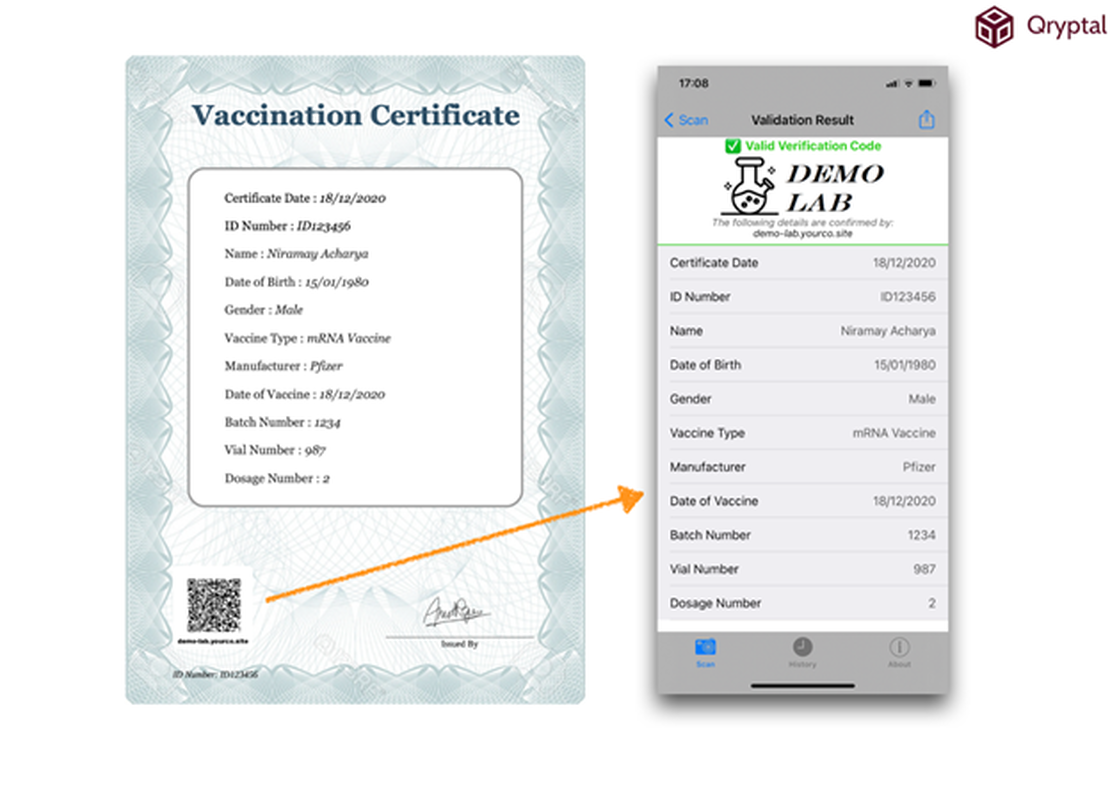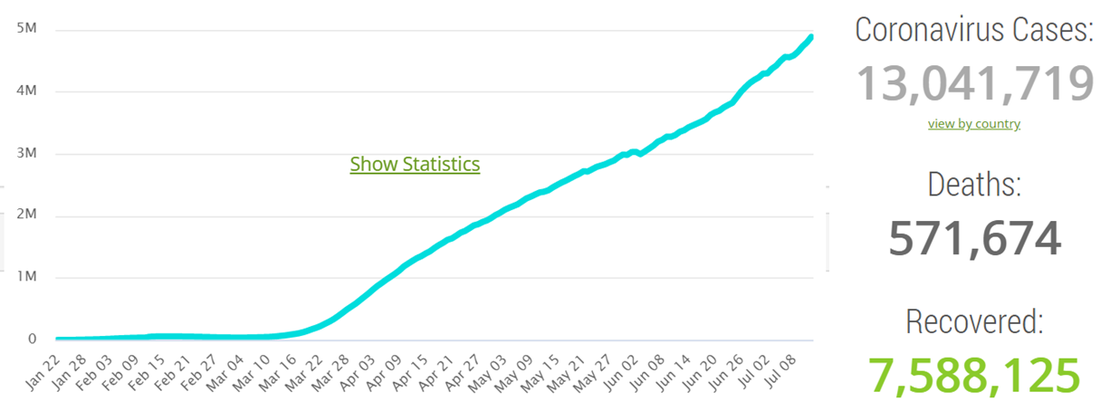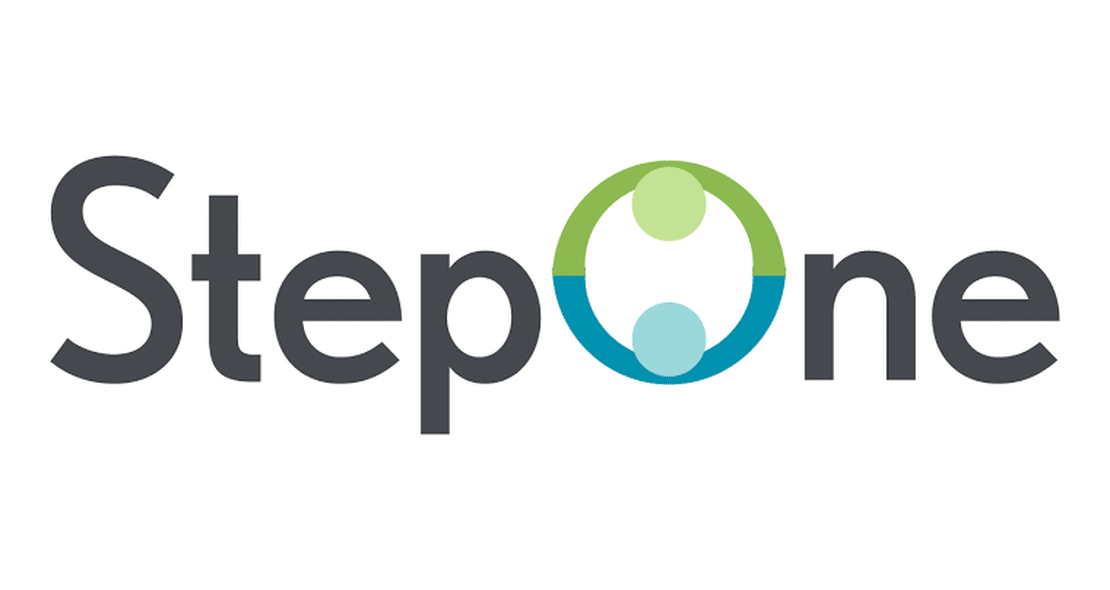WHO bearish on vaccine passports?
- Rajesh Soundararajan
- Apr 13, 2021
- 3 min read

We crossed off one potential argument !
Is unequal access to technology adding fuel to WHO’s arguments ?
One of the reasons the World Health Organisation (WHO) panel opined against requiring Covid-19 vaccination proof for travel was that such proof of vaccination would deepen inequities. They shared that it would add to discrimination between young and old, rich and poor or even rich countries versus poorer nations as well as give rise to privacy concerns.

News article giving WHO panel’s views
While deepening inequities and differential freedom of movement are valid and key concerns , one of the main reasons seems to be the non-uniformity in the ability to generate tamper-proof vaccine certificates, vaccine passports or immunity certificates which could be easily provided to every individual and be verifiable on demand globally by authorities.
This is why COVID-19 Vaccination Certificates, sometimes also called Immunity or Vaccine Passports are being hotly debated as facilitators of safe travel across borders and even within countries.
How can you ‘create anywhere, verify everywhere’?
This issue of standardisation or even ensuring that the certificates are made tamper-proof at source and easily verifiable everywhere remains. There is a huge possibility of millions of tampered and fake vaccination passports crisscrossing the world. All this with little or no mechanism to ensure authenticity. There is an urgent need to use a technology or means to create certificates which can be verified anywhere irrespective of where they have been issued and should work across all cross sections of users without any discrimination based on technical or digital ability or lack thereof.
The problem with sophisticated technologies
Technologies like blockchain are not practical for all nations, especially the developing and less technology savvy ones. This is also the case for even individuals who are old or less digitally proficient even in developed countries. This puts a question mark on global mobility and ability to travel and adds to discrimination, validating similar concerns from WHO.
The elegant ‘first principles’ technology
This is where a secure QR code comes in, it addresses the dual purpose of reducing inequality and yet protecting privacy. A secure QR code helps
In having Physical-Digital: To remove inequalities, travellers need a solution that works both on smartphones and without. Usually, most travellers are comfortable carrying a printout especially older, less digitally comfortable people. What if the battery on the smartphone is exhausted at the point of arrival?
Offline Validation: Immunity Passports are validated at immigration counters with air gapped environments (no internet by design for security reasons ) or even if there is network availability - it maybe unpredictable internet connectivity. When travellers queue up at arrivals or departure the validation and process should ideally be simple and without any connectivity to efficiently handle large volumes. Secure QR code ticks this box.
Maintain Privacy: Most tech solutions would depend on having the health record being accessed through databases (albeit with security) and thus raise privacy concerns. A secure QR code on the other hand encapsulates the critical information that needs to be communicated and verified within the code itself without any database access. . This secure QR code is tamper-proof. It is signed by the issuer’s private key and can be easily verified by the corresponding public key. It is thus secure while maintaining privacy.
A simple smartphone app to scan this QR code can validate the information in both paper and digital format. The verification takes less than a second.

Sample Vaccination Certificate with Secure QR Code
While WHO may be against vaccine passports, using secure QR code on the vaccine certificates removes at least one barrier - unequal access to technology.
You may also like to read -
- COVID-19 Vaccination Certificates - Top 10 points
- Are fake ‘COVID-19 test certificates’ spreading faster than the …
- How does a collective of just 10K+ volunteers take COVID-19 head-on ?


